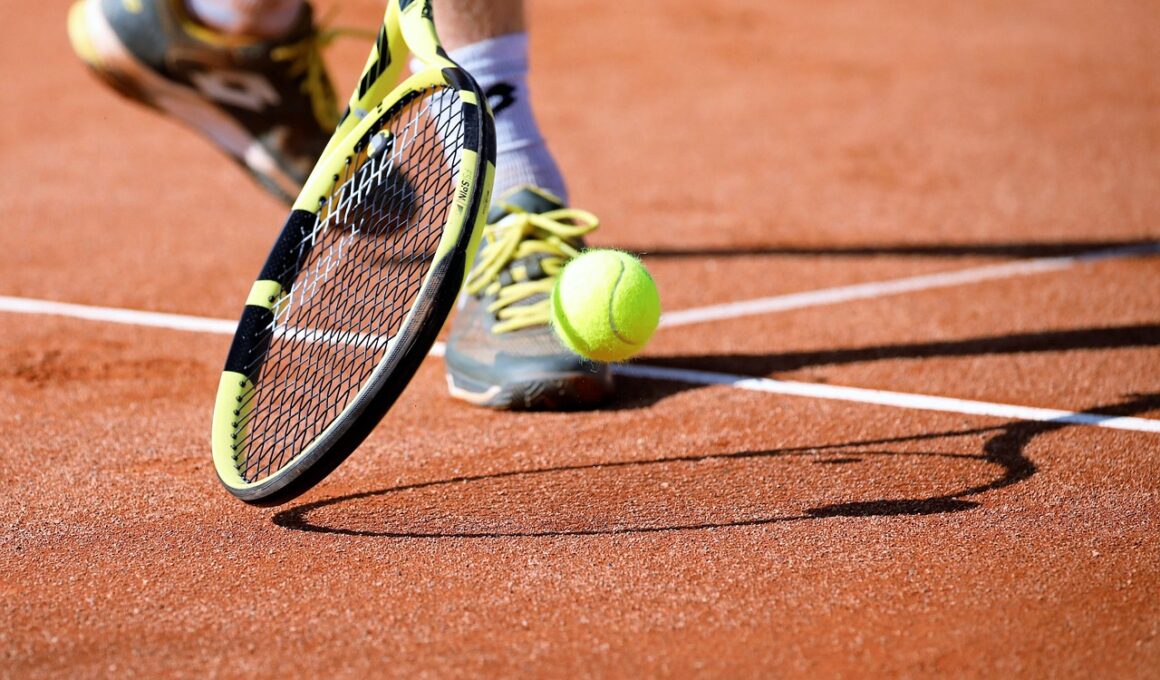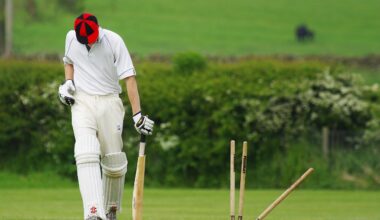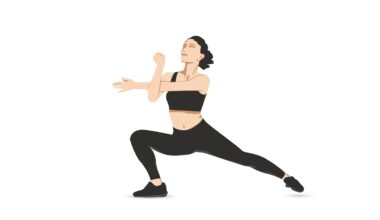Pre-Match Massage Routines to Boost Tennis Performance
Pre-match massage routines can play a crucial role in enhancing tennis performance. Before hitting the court, players often experience tension and tightness in various muscle groups. Effective massage techniques address these issues, preparing the body for vigorous activity. A comprehensive warm-up is essential. Ideally, players should include dynamic stretching alongside targeted massage sessions. This helps loosen tight muscles and enhances mobility. Incorporating deep tissue techniques can aid in reducing muscle tension. Additionally, it improves blood circulation and flexibility. Often overlooked, hydration is a crucial part of this process. Staying hydrated ensures that muscles function optimally during a match. Sports massages tailored specifically for tennis players focus on the back, shoulders, and legs, as these areas typically endure the most strain. Engaging in these routines not only prepares your muscles but mentally focuses your mind, allowing you to enter the match with confidence. Consult with a trained professional to develop personalized routines that enhance both your physical and mental readiness. Consultations can provide insights into the specific needs of your body, maximizing match performance.
Prioritizing specific muscle groups can optimize your massage routines. Targeting muscles used during serving, grounding, and lateral movement is essential. Players should focus on the hamstrings, quadriceps, calves, and lower back. These areas are frequently under strain during matches, and neglecting them can lead to injuries and decreased performance. Using a foam roller or massage ball is an effective self-massage technique. These tools offer additional benefits, including myofascial release and improved circulation. Specific strokes, such as kneading and friction, stimulate muscle fibers. Scheduling regular sports massages in addition to self-care aids in recovery and can mitigate the risk of injury. Each massage should have a focus, whether to alleviate soreness or prepare for a competition. It is also advisable to schedule massages shortly before matches, allowing muscles to remain relaxed. Players can also implement some light stretching post-massage to enhance flexibility. Mental acuity is just as important as physical readiness, so maintaining a calm mindset through relaxation techniques complements the physical preparation. Prioritizing a holistic approach ensures optimal performance on match day.
Techniques for Effective Pre-Match Massage
When it comes to pre-match massage, using the right techniques can yield significant benefits. A variety of massage techniques cater specifically to a tennis player’s needs. Effleurage, which involves gliding strokes, is excellent for warming up muscles. This technique facilitates blood flow and should be the first step in any routine. Following that, petrissage, where muscles are kneaded and lifted, helps loosen tightness in muscle fibers. Friction can be particularly effective for targeting knots. Deep tissue massage additionally supports flexibility by focusing on deeper layers of muscle tissue. While performing these techniques, it’s essential to adjust pressure based on individual comfort levels. Players should communicate effectively with their massage therapist to achieve the best outcomes. Additionally, they should emphasize areas prone to tension or discomfort. The goal is to improve range of motion while alleviating any soreness. Pre-match massages should last about 30 minutes to effectively prepare the body. Their benefits extend beyond physical readiness; they also provide an important mental aspect, allowing players to enter matches feeling refreshed and focused.
Implementing a pre-match massage routine requires strategic planning and timing. Scheduling massages ideally one to two hours before a match allows relaxation while still retaining energy. Furthermore, encouraging players to establish a pre-match ritual can enhance performance. This ritual can involve sports massage, hydration, and visualization techniques. Players benefit from a consistent approach, ensuring their bodies know what to expect. Alongside traditional massages, integrating methods like trigger point therapy can yield positive results. This therapy targets specific pressure points, alleviating tension and enhancing overall performance. Additionally, it is vital to pay close attention to breathing patterns during massage. Controlled, deep breaths help relax both the body and mind. Post-massage, players should transition into light dynamic stretches to reinforce the benefits of the massage. Consulting with a sports massage therapist also offers personalized strategies to boost individual performance, as therapists can provide tailored advice based on individual muscle needs and match conditions. Building these routines requires commitment, but athletes appreciate the benefits gained through focused preparation.
Post-Massage Routine and Recovery
After receiving a pre-match massage, players should establish a follow-up routine for optimal recovery. Gentle activities such as mobility exercises or light dynamic stretches are beneficial. These activities maintain flexibility and ensure muscles stay engaged after the massage. Athletes should also focus on hydration, as replacing fluids lost through sweating during the massage is essential. Adequate hydration will keep muscles functioning efficiently during the match. Besides physical aspects, mental focus requires attention; consider integrating mindfulness or visualization techniques to enhance concentration. Visualizing successful serve or returns can sharpen a player’s mental edge. Muscle recovery is equally vital and should involve adequate rest following the match. Engaging in cool-down activities, such as slow walking or static stretching, helps alleviate post-match tension. Implementing these recovery protocols enhances performance and prepares players for future training sessions or matches. Recovery methods can also help prevent long-term injuries, extending a player’s career. Finally, regular follow-up massages contribute to ongoing performance enhancements, ensuring the body is always prepared for competition.
While pre-match massage routines contribute significantly to performance, players should remain attentive to their bodies. Listening to their needs and adjusting routines is crucial. Integrating massage therapy with other fitness regimens ensures comprehensive preparation. For instance, pairing massage with strength training can lead to enhanced performance results and reduced injury risk. Choosing a qualified sports massage therapist familiar with tennis demands is paramount. These professionals understand the specific requirements of tennis and can provide tailored advice effectively. Assessing how different massage techniques affect performance over time allows players to refine their pre-match rituals. Testing various techniques and observing results help find what works best for each individual. Additionally, players should prioritize communication with their therapists. Share feedback regarding pressure levels, areas of discomfort, or any new issues. Maintaining open lines of communication fosters a collaborative process. Ultimately, pre-match massage routines represent just one aspect of a broader strategy for sustaining optimal performance in tennis. By combining these routines with consistent hard work and dedication, athletes can remain at the top of their sport.
Conclusion: Embracing the Benefits of Massage
In conclusion, pre-match massage routines represent invaluable tools for tennis players seeking peak performance. They prepare the body physically while providing essential mental clarity. With the right techniques and effective planning, athletes enhance their chances of success on the court. Establishing personalized routines addressing individual muscle needs maximizes the potential for improved gameplay. Sports massage can alleviate tension, reduce the risk of injury, and enhance muscle performance. Players should seek regular massages to maintain competitive advantages and cultivate lasting benefits. In addition, paying attention to recovery protocols is vital. These methods complement massage routines, reinforcing professional athletes’ preparation. Ultimately, players who embrace organized, well-thought-out routines gain a significant edge in matches. Prioritizing health, recovery, and overall wellness is crucial in the journey to improve performance and extend athletic longevity. As tennis continues to evolve, incorporating innovative recovery techniques also enhances performance standards. Therefore, dedicating time and effort to pre-match massage routines can create the difference between victory and defeat. By fostering a comprehensive approach, tennis players can continue to thrive and excel in both training and competition.


